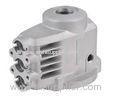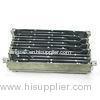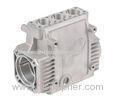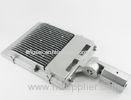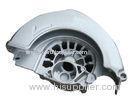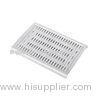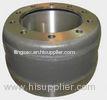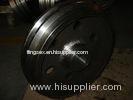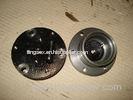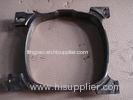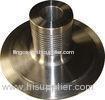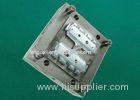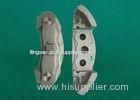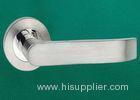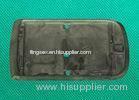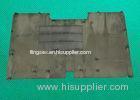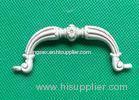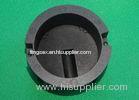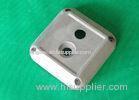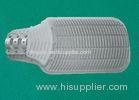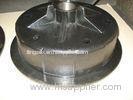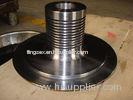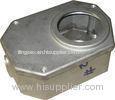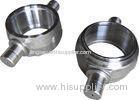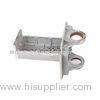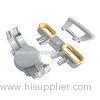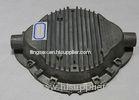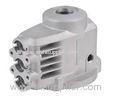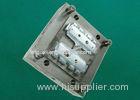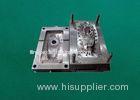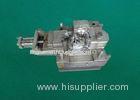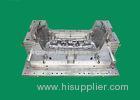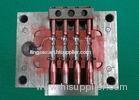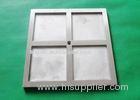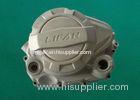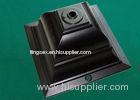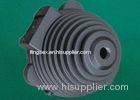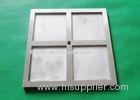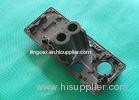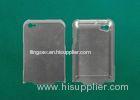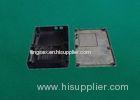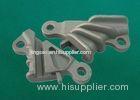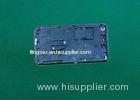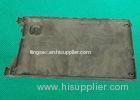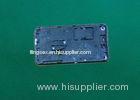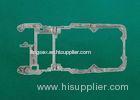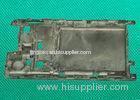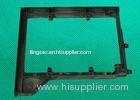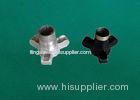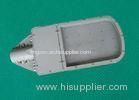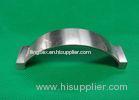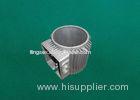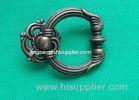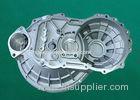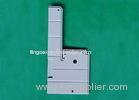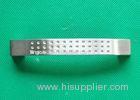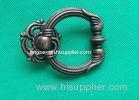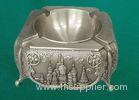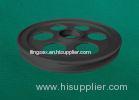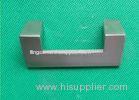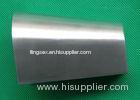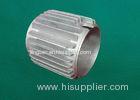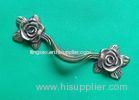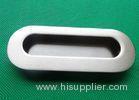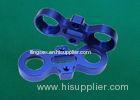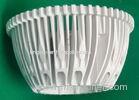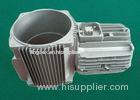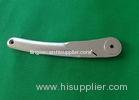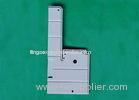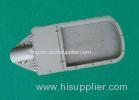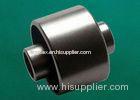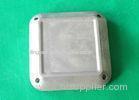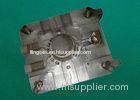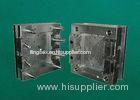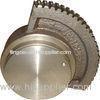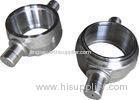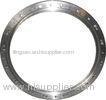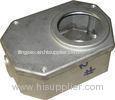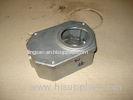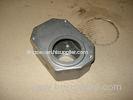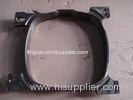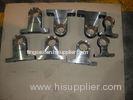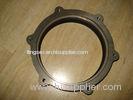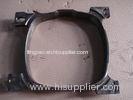|
Steel Diecasting Online Marketplace.
|
Gold Index: 9272
Magnesium Alloy Die Casting Pulley Anodizing Surface Finish Services
| Place of Origin: | Zhejiang, China (Mainland) |
|
|
|
| Add to My Favorites | |
| HiSupplier Escrow |
Product Detail
Magnesium Alloy Die Casting Pulley Ano
Magnesium Alloy Die Casting Pulley Anodizing Surface Finish Services
Quick Detail:
1. 5-15 mm thick
2. Black color
3. Aluminum anodizing
Description:
The Anodizing process begins by immersing the work in a series of solutions where various operations are performed (described below). The solutions are held in open top tanks and the work passes through each unit. The work usually consists of distinct items that are placed on special racks and carried through the process in batches.
Applications:
Mac pro computer, iphone, ipod, MP3 and so on.
Specifications:
The most widely used anodizing specification is a U.S. military spec, MIL-A-8625, which defines three types of aluminium anodization. Type I is chromic acid anodization, Type II is sulfuric acid anodization, and Type III is sulfuric acid hardcoat anodization. Other anodizing specifications include more MIL-SPECs (e.g., MIL-A-63576), aerospace industry specs by organizations such as SAE, ASTM, and ISO (e.g., AMS 2469, AMS 2470, AMS 2471, AMS 2472, AMS 2482, ASTM B580, ASTM D3933, ISO 10074, and BS 5599), and corporation-specific specs (such as those of Boeing, Lockheed Martin, and other large contractors). AMS 2468 is obsolete. None of these specifications define a detailed process or chemistry, but rather a set of tests and quality assurance measures which the anodized product must meet. BS 1615 provides guidance in the selection of alloys for anodizing. For British defence work, a detailed chromic and sulfuric anodizing processes are described by STAN 03-24/3 and STAN 03-25/3 respectively.
Competitive Advantage:
- Its hardness is high
- Never lost color
- Wear resistant
- Non - conducting
The anodizing process
Anodizing (also spelled "anodising", particularly in the UK and Australia) is an electrolytic passivation process used to increase the thickness of the natural oxide layer on the surface of metal parts.
The Anodizing Process:

Cleaning – removes fabrication oils and buffing compounds by soaking the work in a water-based solution containing mild acids or alkalis along with dispersants and detergents

Pretreatment – used for decorative purposes to improve the appearance of a surface prior to the anodizing step. The most common pretreatments are etch, which imparts a satin, matte finish; and bright dip, which impart a bright, shiny finish.

Anodizing – produces the actual coating. Acting as the positive electrode, a direct current is passed through the item to be anodized while submerged in a bath of water and acid (sulfuric, chromic, phosphoric) used as the electrolyte.
The water breaks down, liberating oxygen at the surface of the item, which then combines with the aluminum to form the coating – a transparent and microscopically porous layer of aluminum oxide. Thickness is determined by the level of electrical current and the length of time it is applied.

Coloring - is an option approached in either of two ways:
Integral Color – imparts color to the coating as it is being formed in the anodizing bath, which has been modified for that purpose. This process produces various brass, bronze and black colors, while providing a more abrasion resistant coating than conventional anodizing. It is the most expensive process since it requires significantly more electrical power.

Electrolytic Coloring ( The two-step method ) – imparts color to the coating after it is formed and takes advantage of the fact that the freshly anodized coating is porous and therefore capable of absorbing colorants.
After anodizing, the metal is immersed in a bath containing an inorganic metal salt. Current is applied which deposits the metal salt in the base of the pores. The resulting color is dependent on the metal used and the processing conditions (the range of colors can be expanded by over-dyeing the organic dyes, offering even more color versatility.

Sealing – the pores on the surface of the finished pieces need to be closed before the anodized item is placed into service. If left unsealed, surfaces could have poor corrosion resistance, or absorb unwanted stains. Items that are not colored during or after anodizing retain the natural color of the metal
Superior Metal Technologies provides aluminum anodizing that yields durable, long-lasting coatings, with the beauty and luster of the natural metal shining through, while providing a lifetime of protection. Our experienced and highly trained specialists can help get your anodizing project off the ground, and into production. So give us a call today. The results we achieve will astound you!
What’s the anodizing theory?

Related Search
Find more related products in following catalogs on Hisupplier.com

Company Info
Steel Diecasting Online Marketplace. [China (Mainland)]
Business Type:Manufacturer
City: Shenzhen
Province/State: Guangdong
Country/Region: China (Mainland)
You May Like:
Sitemap XML
About HiSupplier Help Center Customer Service Friend Links Site Map Archives
Browse by: China Suppliers - Hot Products - Products Directory - Offers Directory - Suppliers Directory - Buyers Directory
Language Option: العربية - Nederlands- Français- Deutsch- Italiano- 日本語- 한국의- Português- Pусский- Español







